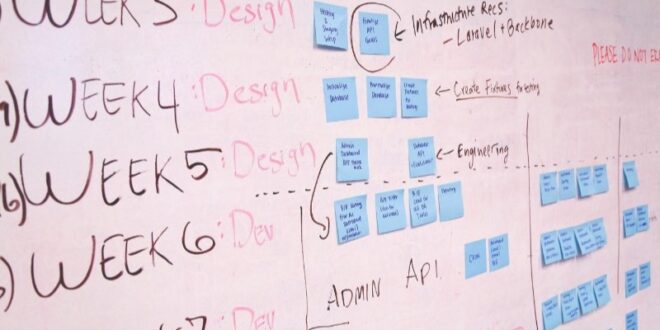The optimization and control of business processes is also called Business Process Management (BPM) or Business Process Modelling (BPM). In BPM, the activities of employees are set up in a certain way so that the results are focused on achieving goals within an organization. Organized data management is a requirement for efficient business operations and for good functioning process management. Business processes run on data. In processes, information is often supported with applications. The information is recorded as data in administration systems and the required knowledge comes from data information systems. A structured, integrated and an understandable overview of the data management is therefore necessary for any organization.
How to structure, integrate and understand your data?
A data module provides organizations in data storage, data processing and communication. Within the module, meaningful business objects and technical data structures are entered and related to each other in a structured way. These objects are then connected to the process-, application- and infra landscapes within BlueDolphin. With this insight, data management is realized in which accessible and meaningful data is used and processed in an efficient and secure way.

How is it build?
This data module is built and decorated as follows: it seamlessly integrates with both the agile architecture module as the Process Module. This enables organizations to estimate the impact of changes and designs from different perspectives. Thanks to insight in these movements, processing and storage data can be used for application integration and data security. On the other hand, it is true that application integrations, database and process designs can be used as input to fill the data module.
What can it be used for?
With the data module an organization can record her logical data model. This describes how data according to the organization is related, how data is linked to the processes (and the conceptual data model) and applications with the underlying physical data models. A logical data model can become a common data model or canonical data model. In order to give meaning to the logical data model, the module contains configurable data dictionaries that make it possible to capture attributes and link them to the data objects.

What is the BlueDolphin data module?
According to ValueBlue, the flexible and configurable design of BlueDolphin allows the organization to add extra information to its database. Define the attributes that are used to give field types and field lengths. In this way, you can meet functional requirements for the implementation of physical data models, such as handling of ISO country codes. A logical data model is basically intended to get an overall picture of the physical data landscape and how this is set in motion by the processes and applications. It is the basis for Master Data Management and it connects physical data models.
The model can be used as input are used by application integration platforms, such as ESBs and API Gateways, to transfer data with connect and can be used as input when merging different source data to meaningful data structures for (company) reporting. The Data Module is intended for every employee who has an interest in insight into data and how they are used by processes and applications. Here are mostly Data & BI Architects, Data Modellers, Integration Architects and Engineers, Database Administrators and Data Officers involved.
The information provided by these specialists at the same time, it enriches the models and knowledge of the benefits of enterprise architecture, Business Architects and Application Architects.
What is the role of process management?
As told in the introduction: the optimization and control of business processes is also called Business Process Management (BPM) or Business Process Modelling (BPM). In BPM, the activities of employees are set up in a certain way so that the results are focused on achieving goals within an organization.

What are the most important benefits of business process management?
Business process management It’s related to organized data management, but these benefits will be dealt with in another blog post. These can be goals such as the improvement of innovation, quality and efficiency. To achieve these goals, organizations are heavily dependent on IT. By means of BPM the focus is on the most important strategy and goals within an organization. But what are the biggest advantages of Business Property Management for organizations? Especially for start-ups and smaller organizations BPM is an important way of doing business because they have to deal with smaller budgets and want to become profitable in a fast way. You can divide the advantages of Business Product Management into three groups.
1. Efficiency
One of the first results of introducing BPM in most organizations is increasing efficiency. This is due to the fact that many companies still often use manual work instead of machine work, poor communication between departments and the lack of monitoring of all business processes. A fresh look at the organization helps companies to come to terms with the inefficient way of working.

2. Effectiveness
As soon as an organization becomes more efficient, BPM can also ensure that this results in effectiveness. By working efficiently a certain activity also has more effect. This gives the possibility to work faster, make decisions faster and perform the work even better. At the moment that all processes are effectively executed based on the strategy of the organization, an organization becomes more profitable and competitive.
3. Flexibility
In an ultra-competitive world in which we live, the importance of flexibility is more important than ever before. Organizations that don’t grow with us and don’t respond adequately to the developments around them are quickly lagging behind. Responding to change is one of the most important spearheads within an organization when BPM is implemented.

Sometimes an organization cannot ignore change because new business partners use a different way of doing business. In addition, it can also happen that legislation demands that an organization adapt its way of doing business. A recent example of this is the arrival of AVG Compliancy, where agile architecture could be very relevant for your organization!
 Comeau Computing Tech Magazine 2024
Comeau Computing Tech Magazine 2024

